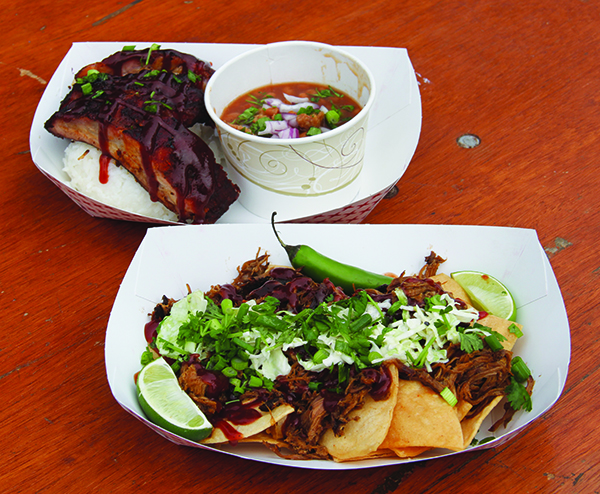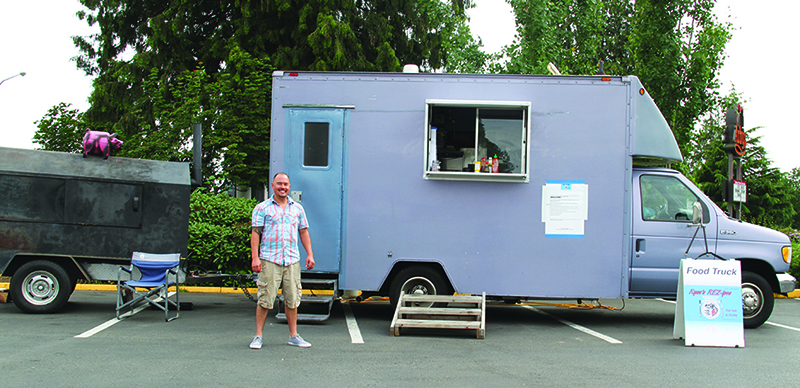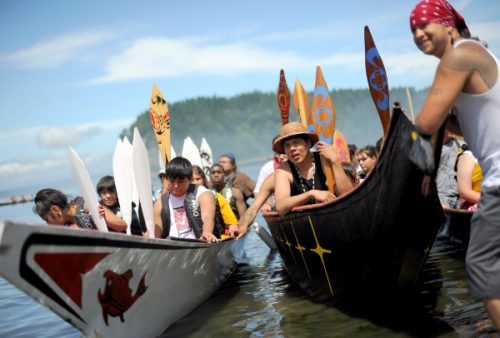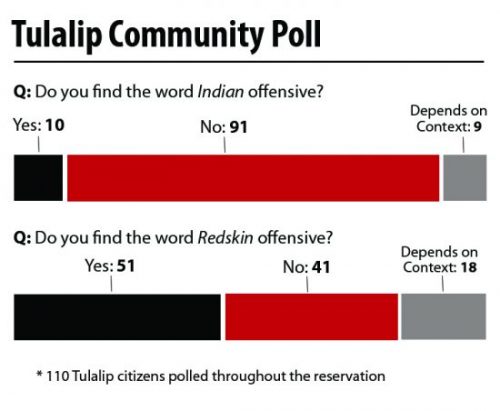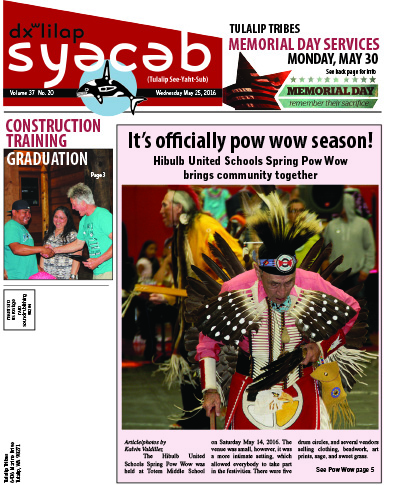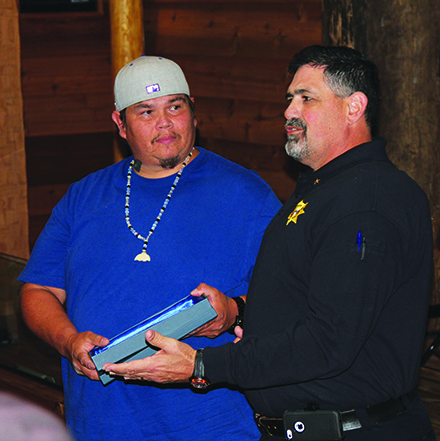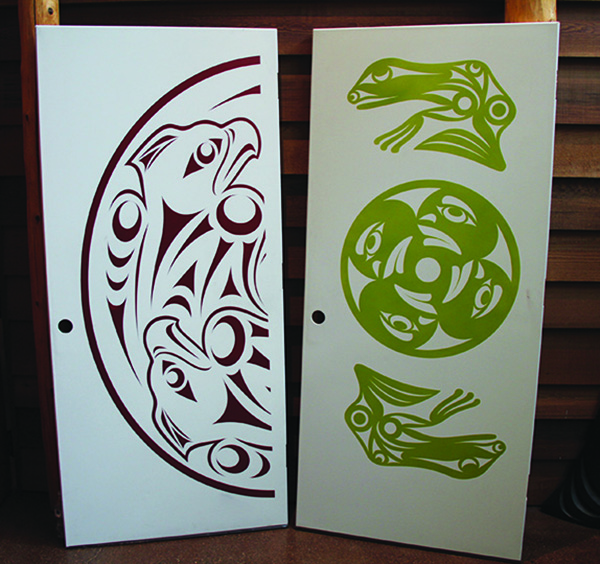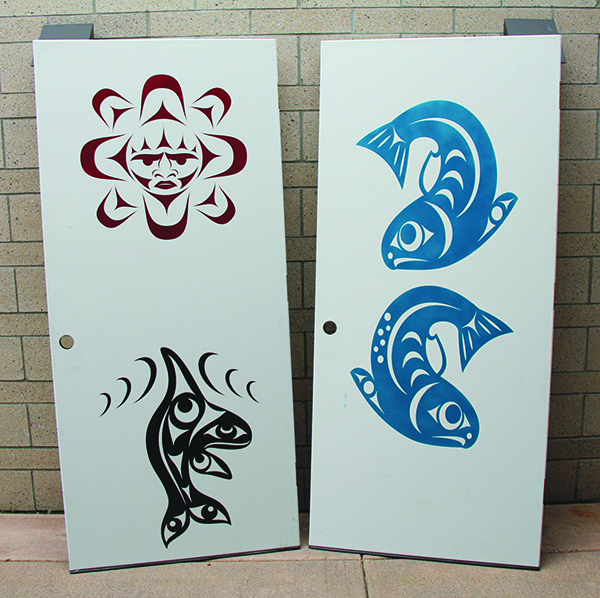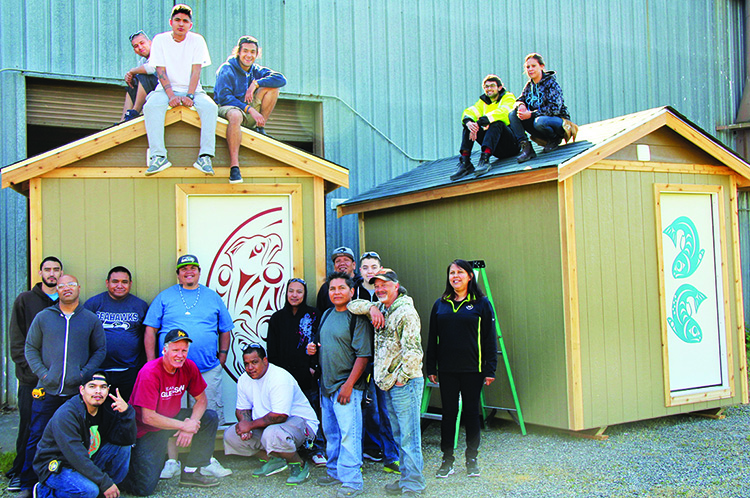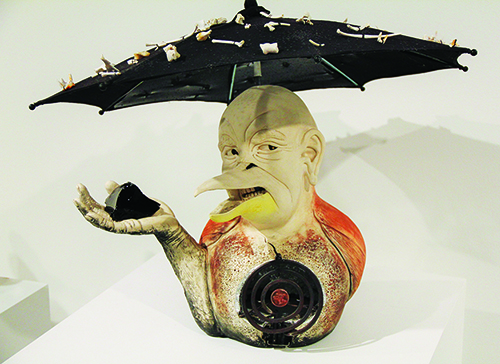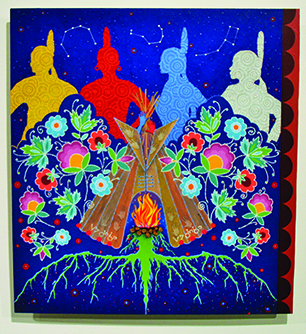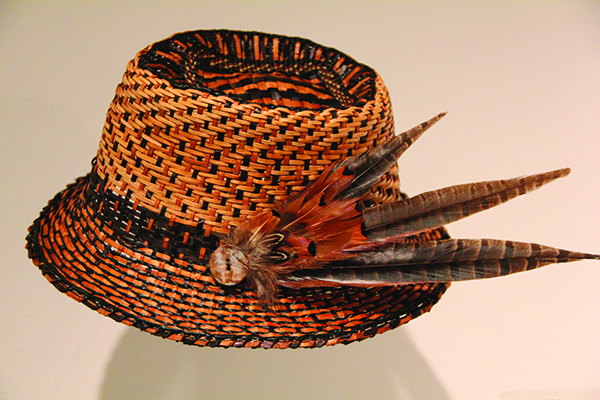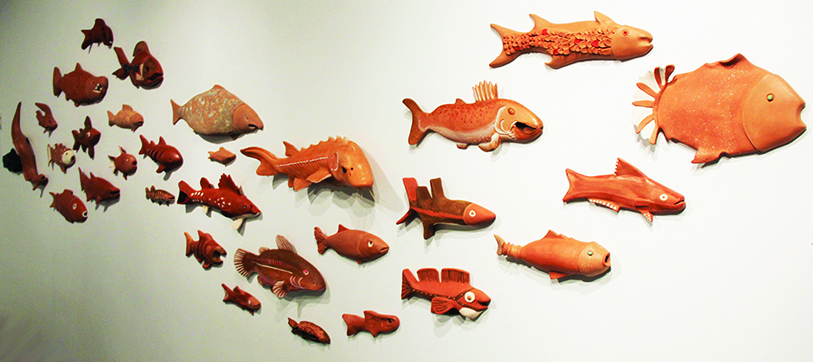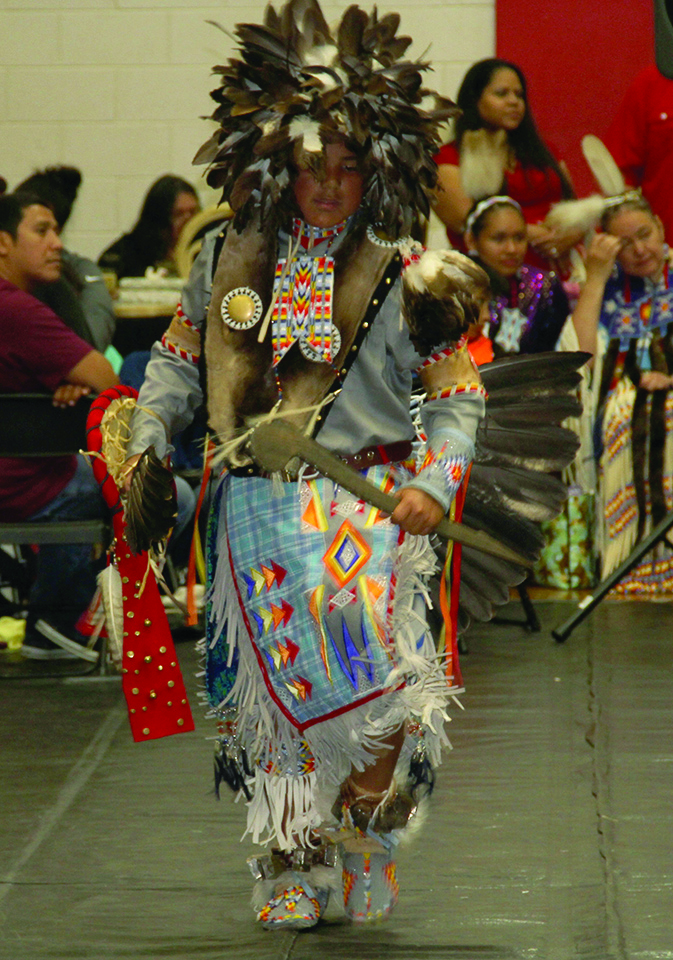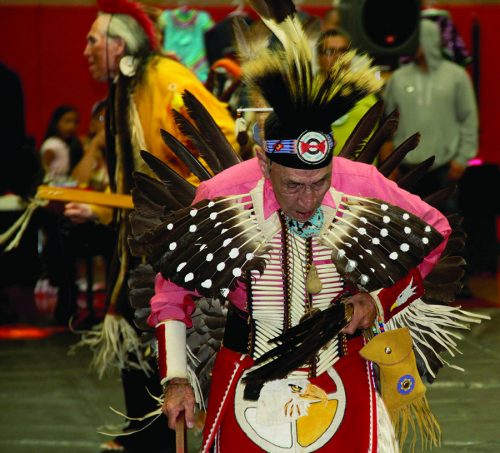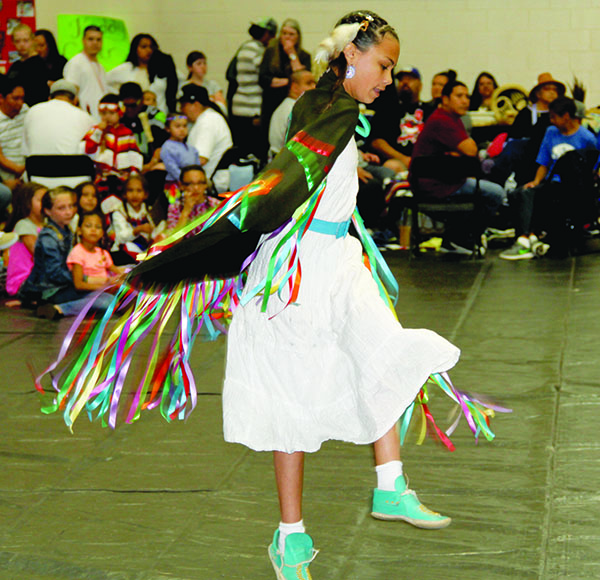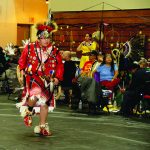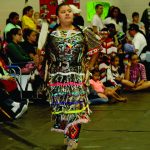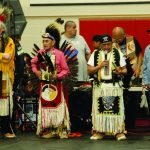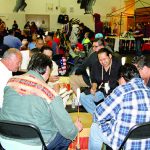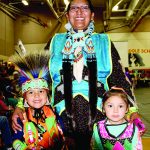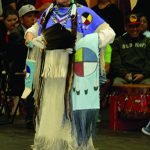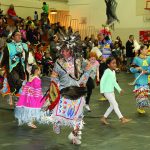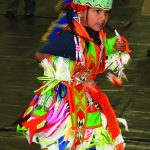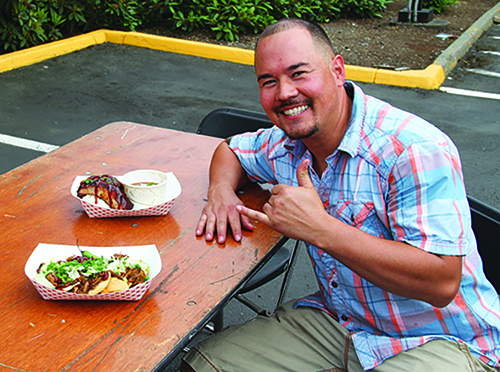
By Kalvin Valdillez, Tulalip News
New food truck hits the streets of Tulalip. Tribal Member, Ryan Gobin, talks about his new business, his unique menu, and his long time passion for food.
What inspired you to open your own food truck?
My inspirational drive comes from within myself in wanting to inspire others to reach for the stars and know that goals are achievable. Going from being a law enforcement officer for ten years to owning a food truck is a huge change, but it was a goal set by myself and I wanted it bad enough to not stop until it became a reality.
I know there are a lot of Tribal members who are great cooks and I want to inspire them to do the same and hope one day to have a line of food trucks within Tulalip owned and operated by Tribal members who do what they love and follow their passion.
I’m all about supporting others in following their dreams and I feel it’s never about being competitive. It’s about supporting one another and lifting each other up to do better. I feel that treating others how I want to be treated will create a better outcome in life and positive empowerment is a great way of life.
I’ve always wanted to start something that had to do with food because I’ve always had a passion for cooking and it brought me joy to see others enjoy my food. I never thought it would be a food truck though.
Over the past few years, I set a goal for myself to start my own business and made attempts at others that didn’t work in my favor. Most importantly they just weren’t my passion; food is my passion.
So after many attempts and fails seeking a venture in food, I came across a concession stand at an auction and purchased it. The concession needed a lot of work and I had little to work with. I then started a Kickstart account and received help with funding by many within our own community and even several I didn’t know. The concession needed over 10k in work to pass health inspection.
During the time of putting money into the concession and attempting to fix it up, I saw a food truck and smoker combination for sale on Craigslist. I believe God had a plan for me and I felt it was meant to be mine. So I purchased the truck and smoker and began my work in piecing it together. After months of work, with the help of community members, it was finally complete and ready for business.
How did you come up with the name?
I had a hard time coming up with a name as I was trying to come up with something different. After going through several names in my head, I thought to myself that I wanted to get others involved within our own area. So I put it out there on social media as a contest.
I asked for others to come up with a name for a food truck and whoever’s name I chose would get two free meals upon grand opening. After going through over 100 names from everyone’s ideas, I finally stopped on Ryan’s REZ-ipes; it had a ring to it and stayed with me. Ding-ding we had a winner and stuck with it!
When did you first get into cooking?
I first got into cooking in my teen years. I have lots of family members that are amazing cooks and have been taught many recipes from all of them. I watched when people cooked in my younger years and began trying my own recipes. I could name everyone I learned from, but that would be a long list.
I took a little from everyone and began making my own. One thing I kept the same was my salsa. I can’t really call it my salsa because I was taught by Gerald Lugo Sr., who wrote down on a piece of paper for me how to make his salsa. Which is why I’m going to eventually jar my salsa with a label that says ‘Uncle G’s salsa’ dedicated to Uncle G who has passed on and left us all with his amazing teachings of happiness and great tasting recipes.
With food trucks growing in popularity in the Northwest, you are one of few in our area, what was the initial reception from the community?
The community was a huge help in getting my food truck off the ground and I have got nothing but great feedback from everyone within our area.
What’s your best seller and what makes it a fan favorite?
Being we are in our fourth week of being open, it’s difficult to say what our best seller is as of yet. However, when I observe customers approach the food truck and look over the menu, I see they have a difficult time choosing what to order being all of the items are amazing choices. I honestly don’t think we have a best seller as of yet, it seems pretty even with all items sold.
What’s your favorite part about owning your business?
I can control the outcome. If I want to make it a success, I will make it happen with consistency, dedication and passion.
What I also like about it is that I can create a team of people that also share the same passion for food and wanting to make others happy by producing amazing tasting food, which comes from a happy, positive environment.
One person that has been with me in this truck since day one is Dale Grove. Dale is very passionate about food and a huge help in getting my business off the ground and has also taught me a lot along the way. I’m very thankful to him as he also works a full time job and still finds the time to help me.
What makes your truck unique?
I believe my truck has it’s own uniqueness in a couple different ways. One would be the name. When someone looks at our name, it’s usually followed with a smile, which is always my first intent. The second would be by looking over the food menu. Honestly, I’ve never even heard of smoked salmon fried rice (some may have, but I haven’t).
In thinking of different recipes, we thought about something that nobody around has which would make it unique. Eating a burger with smoked salmon, cream cheese and caramelized onions I’ve never heard of, but sounded amazing so we tried it and BAM! It was amazing! Everything that is sold in the food truck is always fresh and never frozen. We even provide hand cut fries and hand made chips which are deep fried in peanut oil, which provides an even better flavor.
Besides your own, what is your favorite food truck?
In all honesty, I don’t have a favorite food truck being I haven’t eaten at very many. I think the only food truck that sticks out to me is from an event I attended in Seattle, which sold deep fried peanut butter and jelly sandwiches. I mean, who wouldn’t love that?
How would you describe your food and menu?
Ryan’s REZ-ipes menu is best described as unique. Our menu has a variety of things to choose from, from smoked meats to smoked veggies. I try to have a little for everyone, whether they want to eat just veggies, smoked salmon fried rice or a bowl of BBQ baked beans infused with smoked brisket. I’ve had many say they may just have to come back once a day to order one or two things on the menu at a time until they try every single item. The options are just that amazing.
Where can we find you?
Ryan’s REZ-ipes food truck can be found within the boundaries of Tulalip Tuesday through Friday and eventually I plan to extend the days and hours.
We can be located on Facebook; just type in ‘Ryan’s REZ-ipes’ and hit the ‘like’ button and you will see locations, photographs of food served and daily specials.

